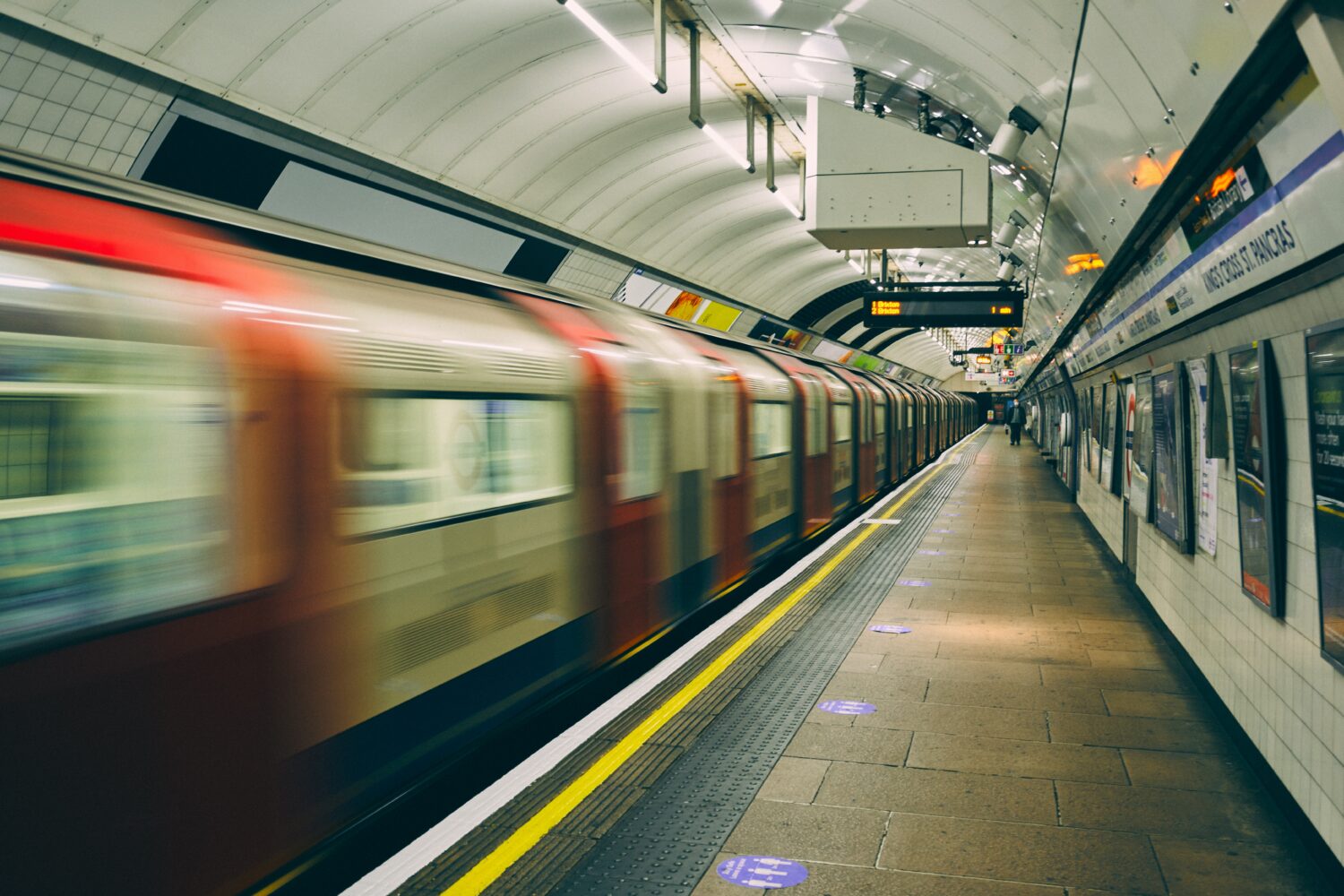
DATA: The impact of COVID-19 on Europe’s public rail transport
According to the data of Eurostat, the number of people who use public rail transport has decreased tremendously in the second quarter of 2020 compared to the second quarter of 2019. Wearing a face mask is obligatory in Belgium when you travel by public transport. Together with other restrictive measures it significantly changed our use of railway transport in Europe.
The impact of COVID-19 already changed our use of public rail transport in the first quarter of 2020, but the use even decreased faster in the second quarter of the year during April, May and June. Although fewer people take a tram, train or metro to the city centre, to their work or their homes, a lot of students are still commuting. You would think that during this corona period, trains would be nearly empty, but other scenes are sometimes happening in the picture below. The train that went from Ghent to Antwerp was fully packed on the 26th of October. Normally, the train exists of nine coaches but there were only three. Many passengers stood right next to each other. ‘This is unacceptable’, says Ilona, who posted this Tweet. No social distancing. It’s a breeding ground for corona.
https://twitter.com/Ilona_/status/1320626797009133573
Trains connect Europe
In the infographic below you will see that there is no data about the use of public rail transport available for Belgium due to confidentiality. Other countries released their data and we see that the five countries who are affected the most, are Ireland (-94%), followed by France (-78%), Spain (-78%), Luxembourg (-78%), and Italy (-77%). An exception to these decreases is The Netherlands where only 0.2% of passengers didn’t take the rail public transport.
(continue reading below the infographic)
Text and infographics: Bert Van Kersschaever, photo: Peter Bosch (Unsplash)




